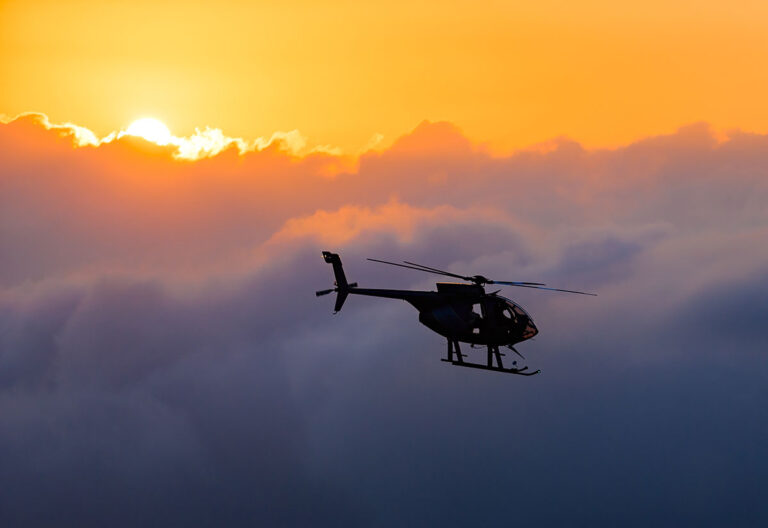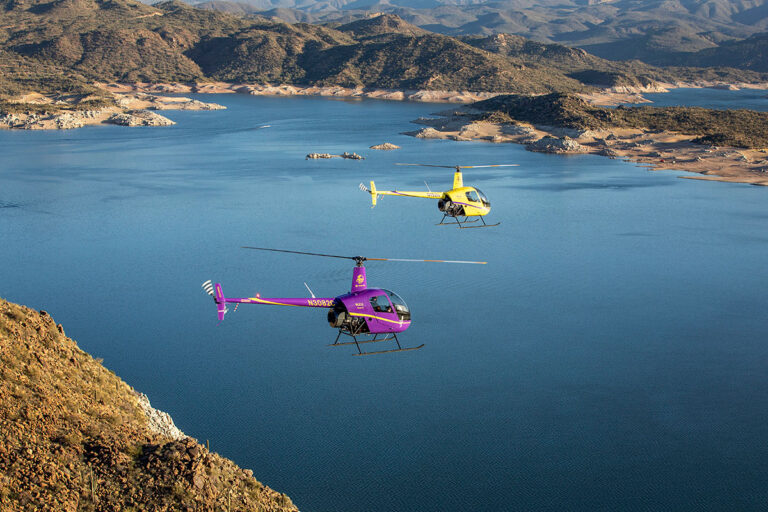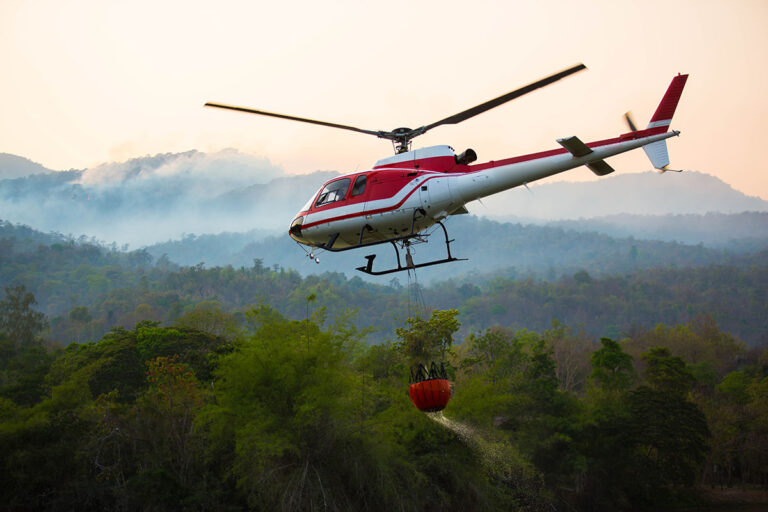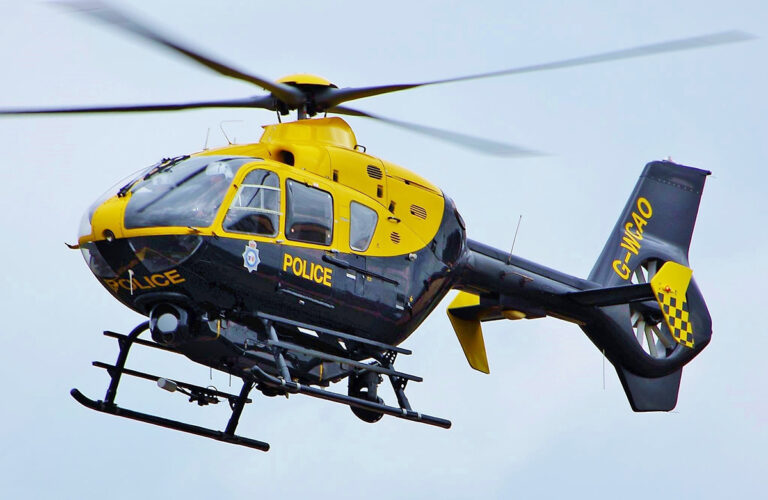That Time Cessna Made a Helicopter
![Known as the YH-41 Seneca in U.S. Army service, the CH-1 was evaluated and ultimately rejected by the branch. This example is equipped with experimental strakes atop the cabin to address stability concerns. [Credit: Cessna]](https://hoveringhelicopter.com/wp-content/uploads/2023/08/CH-1-Army-Cessna-300.jpg)
If you’d like to stump everyone at aviation trivia, simply ask them to name the Cessna with the shortest takeoff-and-landing distances. More than likely, guesses would include the O-1 Birddog and possibly the 180 and 182. However, digging into the dustier corners of Cessna’s history reveals the true winner—its one and only helicopter the company ever produced, the CH-1 Skyhook.
The idea of introducing a helicopter to the Cessna product line began to gain traction in the early 1950s. This was a time when the company’s fixed-wing offerings were relatively modest but were on the brink of massive expansion. The lineup in the early part of the decade consisted of the 120/140, 170, 180, 190/195, O-1, and the 310/320 twins but by the following decade would more than double in size and encompass entirely new categories. A helicopter, Cessna thought, would be one more way to gain market share.
Author: Jason McDowell
Jason McDowell is a private pilot and Cessna 170 owner based in Madison, Wisconsin. He enjoys researching obscure aviation history and serves as a judge for the National Intercollegiate Flying Association. He can be found on Instagram as @cessnateur.


![One of the rarest and least-known Cessnas ever produced, the CH-1 helicopter. [Credit: Cessna]](https://hoveringhelicopter.com/wp-content/uploads/2023/08/CH-1-Cessna-Flight.jpg)





